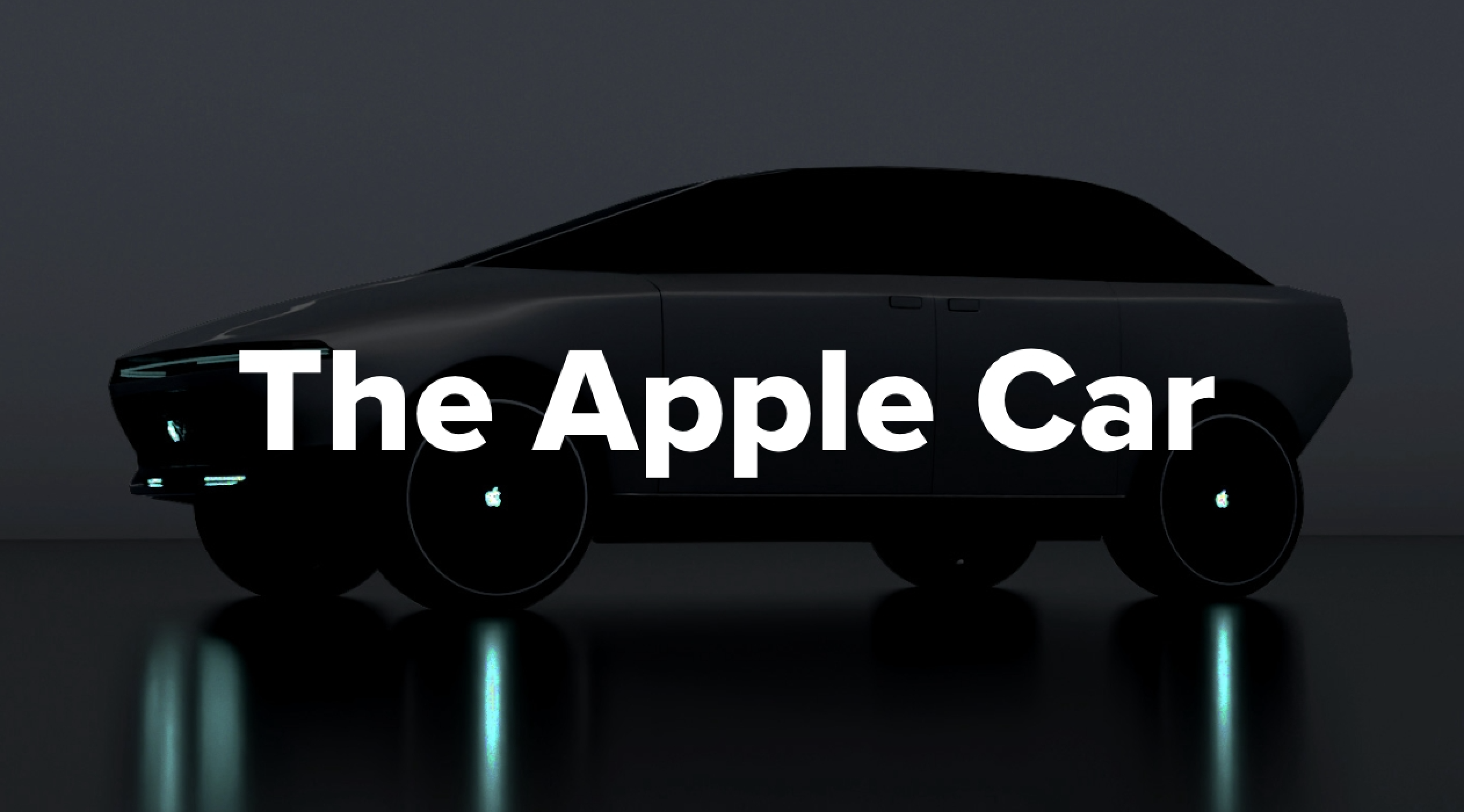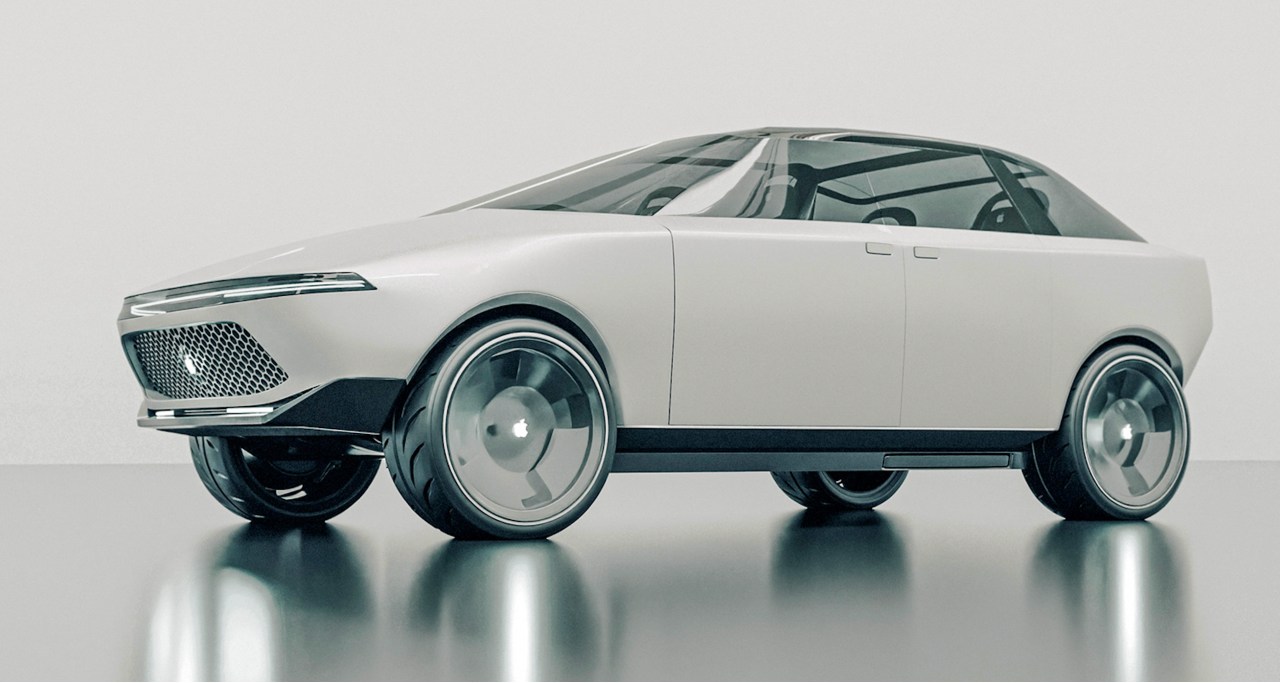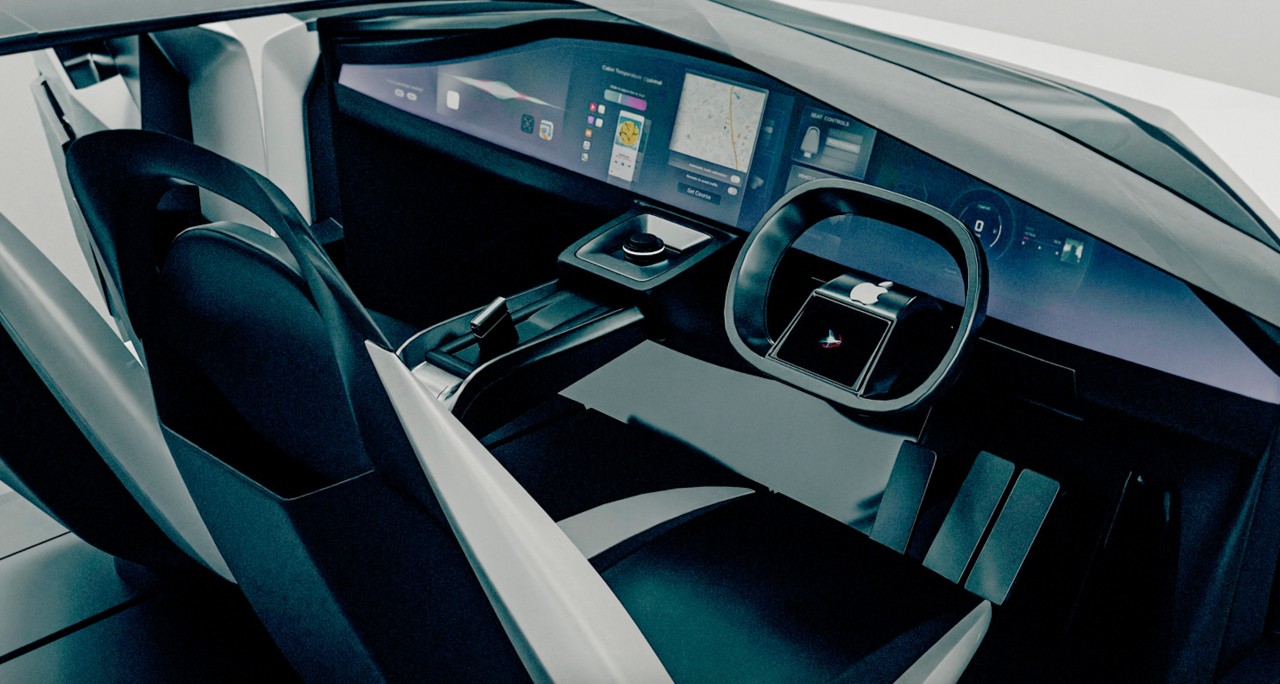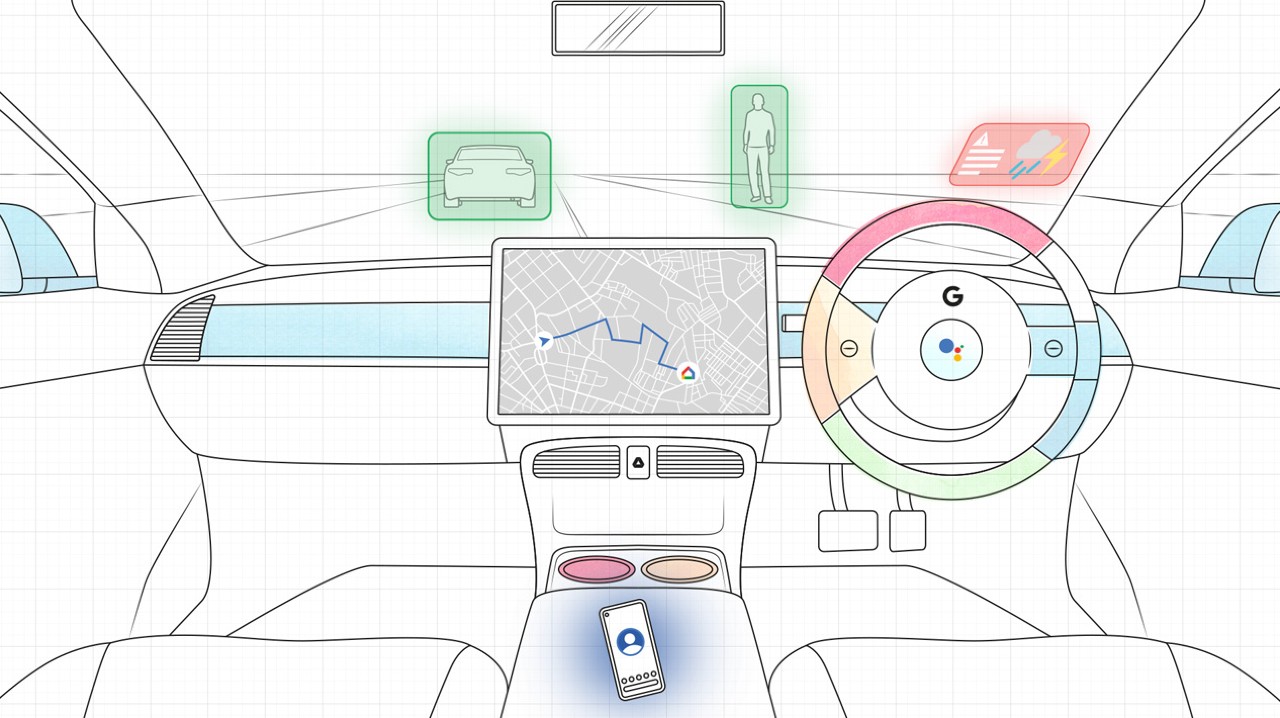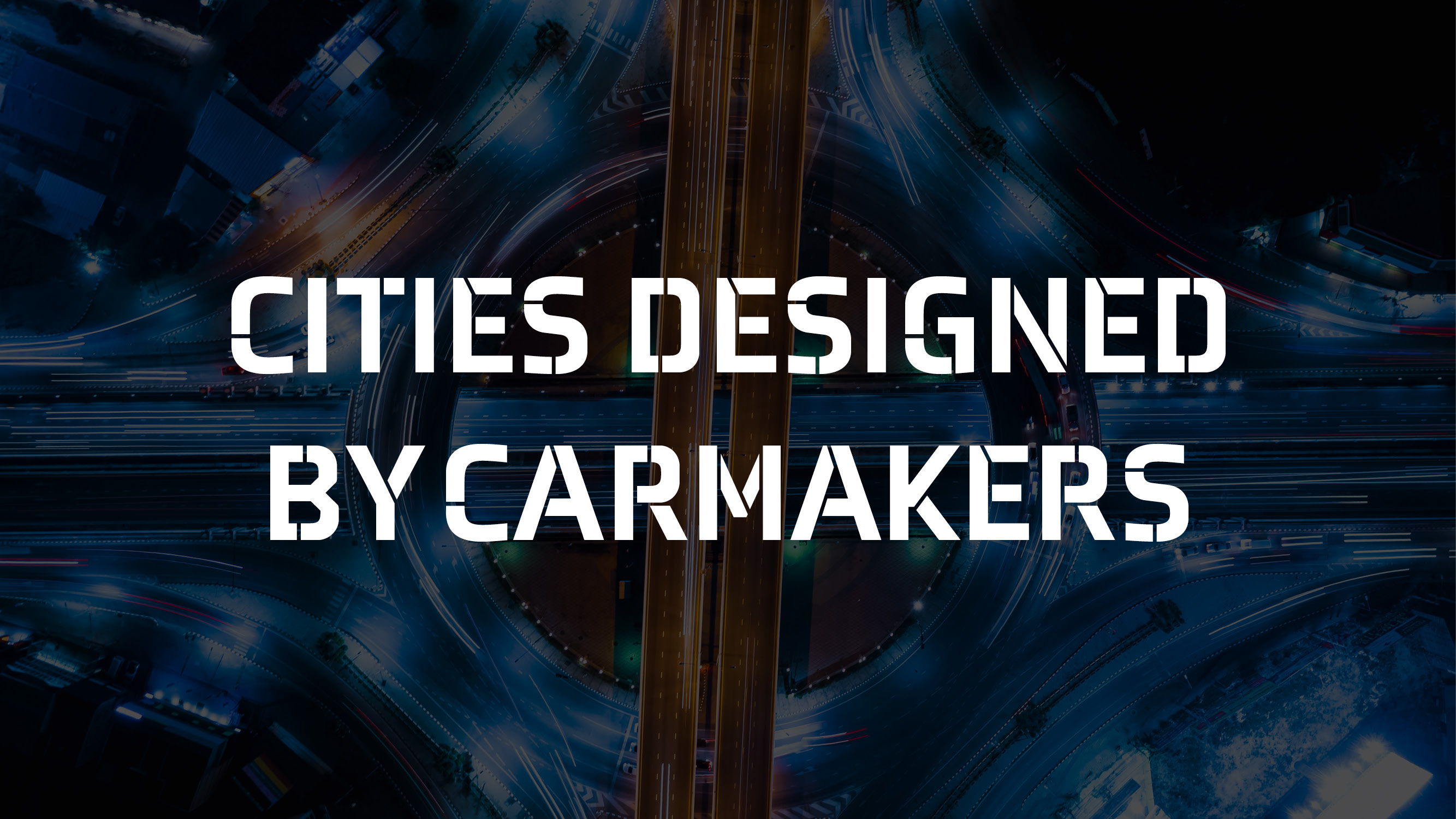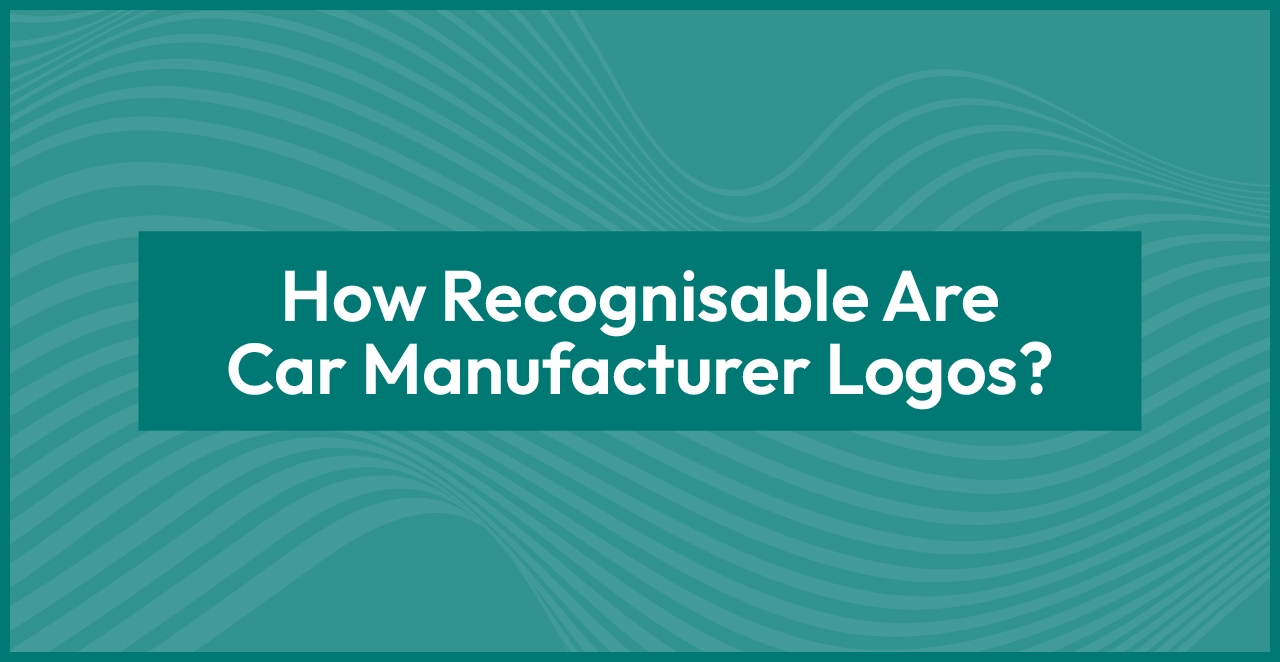Until Apple officially announces its next big hit, through a 200-inch PowerPoint presentation to a capacity crowd, there’s usually very little info to go by. That’s especially the case with their anticipated self-driving car – arguably the California company’s biggest project to date.
Despite it being in the works for the best part of a decade, we still know next to nothing about it. Other than early tests involving a Lexus rigged with cameras and sensors driving about California, the rest is guesswork.
So whilst it might be a while until the Apple Car is part of our car leasing offering, after a trawl through the quirkiest official patents, we have a better idea of what the final product might look like from Apple, and also other tech giants that are capable of giving them a run for their money. To plug the gap in details and fuel speculation, we’ve created our own virtual product reveal and imagined cars from Apple, Google and Samsung.
Apple could revolutionise the car dashboard
The most notable Apple idea we spotted was patent EP2581248B1, which details plans to completely overhaul the traditional car dashboard. The position of controls can be fully customised depending on driver preference, with an almost infinite number of combinations.
Similarly, they also propose seamless displays without any clear edges or boundaries – ideal for a dash that could change on the daily. In their words, these would tackle the ‘cumbersome and unsightly’ systems found in many existing motors. It’s something we imagine fitting right in with Apple’s minimalistic approach to design.
There are even a few patents that outline a revamped vehicle shell structure. With no door pillars, the front and rear doors are inverted for easier loading and passenger movement, and also offer adaptive movement to offer yet more flexibility.
A patent for an ‘intelligent automated assistant’ also hints at an upgraded Siri that, instead of responding only to direct requests and commands, would monitor its environment and make unprompted changes and recommendations to the driver. Explore our interpretation of the Apple Car, inside and out, using our interactive tool.
A look that pulls heavily from existing Apple products
Such is the distinctiveness of Apple design, we drew from current and previous products when styling the car’s exterior. The Mac Pro’s circular vents inspire the bold grille, with a glowing Apple logo at its centre – a subtle nod to previous generations of the MacBook laptop.
This is something that could be customised per driver, too. If you share your car with a pal, partner or relative, the car could use digital signatures – from smartphones, smartwatches etc. – to recognise who’s driving and amend destinations, music playlists and seat setup.
Google is also weighing up a vehicle-mounted wind turbine system. On a car, small turbines could be worked into the wing mirrors and provide power specifically to the infotainment system and heating controls, for example. In what would most likely end up as an electric car, this could help the batteries focus on propulsion alone.
Samsung could be capable of an in-car blood alcohol checker
With Apple already seven years into their self-driving car project and Google already playing a part in autonomous motoring through sister company Waymo, it’d be easy to discount Samsung as the inferior option. According to some of their patents, however, they could comfortably outdo the opposition.
Patent DE10245611B4 outlines a display that’s capable of 3D images and animations. This could perhaps generate an interactive map that can be easily rotated and scaled by the driver. Their patented flexible screens, as seen on the Samsung Fold smartphones, could also swing customer interest in their favour.
They’re even working on an organic light-emitting element, potentially capable of mimicking natural light inside a car, and a photosensitive resin. This could perhaps be applied in layers that gradually break down and keep your car looking brand new and dust free for years.
Most notable, however, is filing US8086301B2, which could be applied to an in-car method of checking blood alcohol content. The patent showcases a non-invasive process for checking blood pressure with very little equipment – coupled with their wealth of experience in healthcare, it’s feasible they could replicate existing alcohol-monitoring systems in a car. Such a feature could disable driving controls in response to an over-the-limit result, and only reinstate them once the driver moves to a passenger seat or passes a test.

